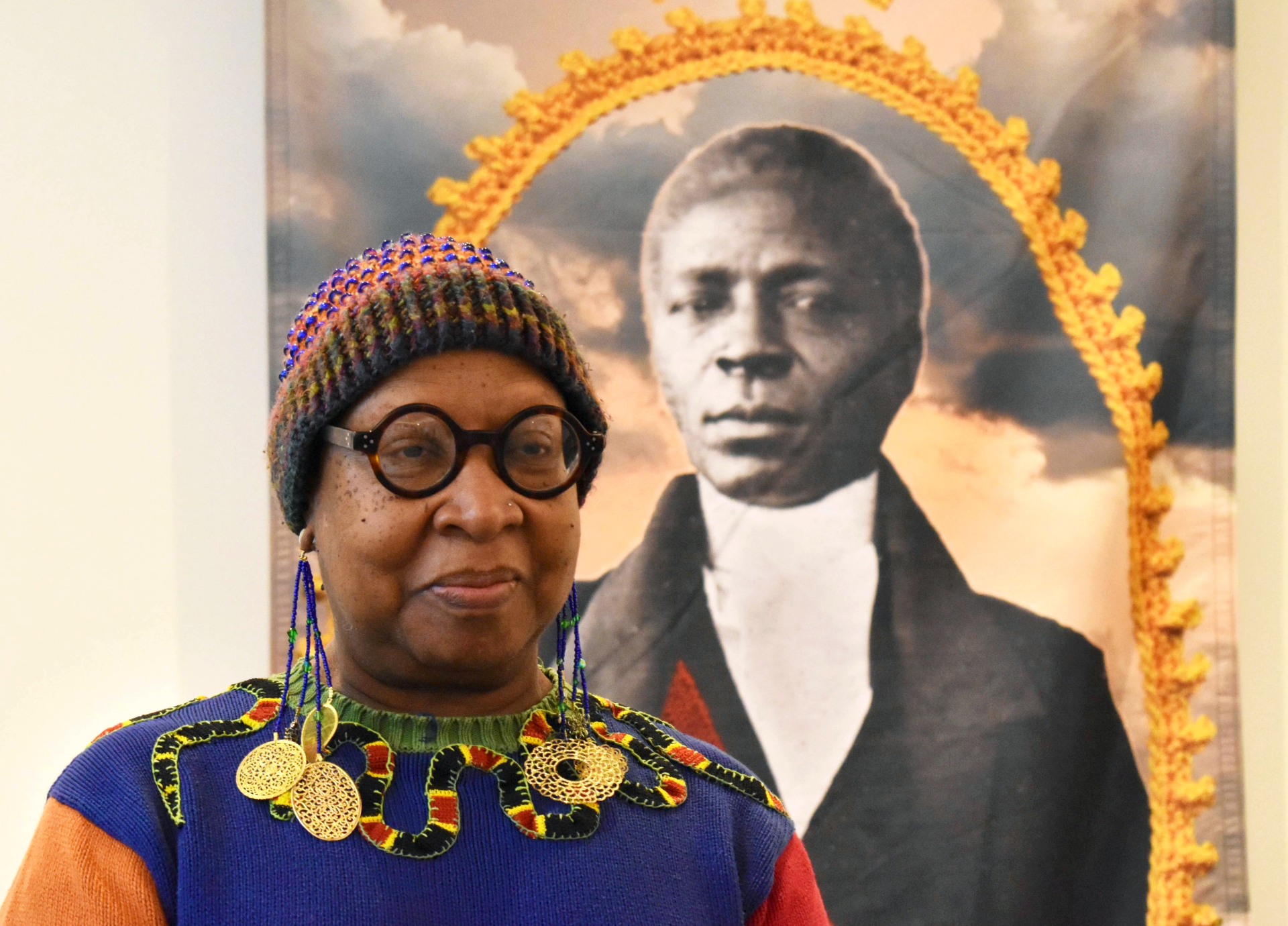Join artist Xenobia Bailey as she exposes the deferred historical achievements of Philadelphia’s Radical Black Elite from the early 1800s.

As part of our collaboration this year with the Historical Society of Pennsylvania (HSP), the Association for Public Art is thrilled to announce that artist Xenobia Bailey will be the featured speaker for HSP’s 200th Anniversary “Soul of America” theme. Ms. Bailey, a fiber-artist, crocheter, designer, researcher, and cultural activist, exposes the deferred historical achievements of Philadelphia’s Radical Black Elite from the early 1800s.
“I seek the continuum of the aesthetic of ‘Funk’ and material culture across African American communities – from contemporary homemakers, caregivers, and domestic workers to early Free settlement towns and colonized communities of Radical Black Elites of the 1700 and 1800s. This exploration can fuel social and economic redevelopment in the 21st Century. In this talk, I will share how the collection of HSP changed the course of my Black Studies as I knew it, by presenting a little known Black Model City in Philadelphia. This model is an inspiring, self-sustained, early American example of how African American cultural designs and objects can service a global market, to benefit people’s health and well-being.”
- This event is being offered in a hybrid format. Both onsite and virtual tickets are available. All ticket reservations will include a Zoom link, but only onsite tickets will be honored at the door.
- Onsite tickets include admission to the talk, a reception afterwards, and the exhibit Public Art in Philadelphia: A Legacy Shaped by Women, co-curated by the Association for Public Art and HSP.
- For complimentary tickets for students, please email programs@hsp.org and share where you are enrolled as a student and in what program.
Xenobia Bailey is an artist who studied Ethnomusicology at the University of Washington, Custom Apparel Design from Seattle Community College, and holds a BA in Industrial Design from Pratt Institute. Since 1984, she has been developing and practicing a “Rejuvenating Funktional Design Aesthetic” for an African American material culture within a global market, for public, private, and commercial arts.
